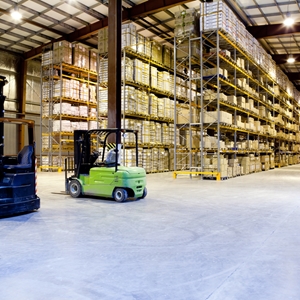The Internet of Things (IoT) may potentially impact the way logistics operations and supply chains are run. Last month, Cisco Services and DHL collaborated on a report addressing the ways newly connected devices within logistics will add to enterprise visibility over the next five years. This is a chance for companies to harness more data by making mainframe applications usable in other devices through custom-made apps.
An article in Fleet Owner examined this report, noting some of its most significant findings. These include the notion that the IoT will lead to more than $4 trillion worth of value by 2025 for the "innovation and revenue" and "asset utilization" areas combined. Items and electronic equipment that previously did not connect to the internet, like forklifts and even pallets, stand to offer managers a closer look at their operations, and therefore a means to improve them
In an interview with Logistics Management, Steve Banker of ARC Advisory Group echoed these themes as he discussed the specific impact of the IoT on forklift use particularly.
"In mixed-case picking, intelligent forklifts can integrate with pickers wearing voice systems, follow them up an aisle, lift the pallet to the correct ergonomic height for picking based on the location of the inventory in the racking, and then, when ordered to do so, autonomously make the trip to a shipping dock for unloading," he said.
While the Internet of Things presents the opportunity to make operations more efficient, administrators have to make sure they have all of the necessary tools at their disposal on enterprise devices. Undertaking a mainframe modernization plan based through the web will free supply chain managers from traditional terminals and help them upgrade their approach to emulation.

